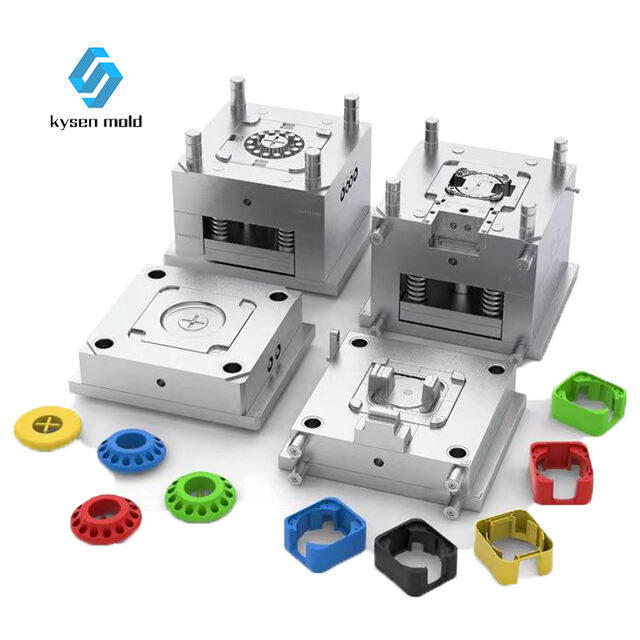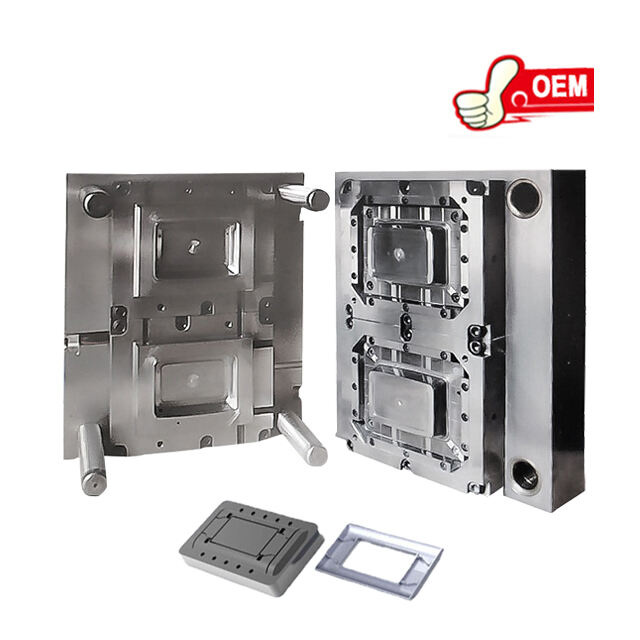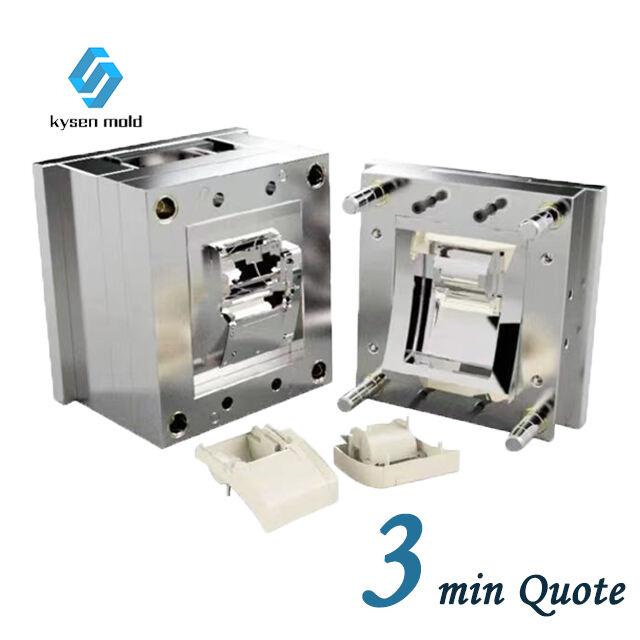injection moulding
Injection moulding is a manufacturing process that involves injecting molten material, typically plastic, into a mould cavity to produce parts in a variety of shapes and sizes. The main function of injection moulding is to create precise and intricate parts efficiently and at a large scale. Technological features include the use of an injection moulding machine, a mould, and a raw material in a pellet or granule form. The machine heats the material until it reaches a molten state, then injects it into the mould under high pressure. Once cooled, the part is ejected for further use. Applications of injection moulding span across industries such as automotive, medical, consumer goods, and electronics, where high volumes of consistent, high-quality parts are required.


